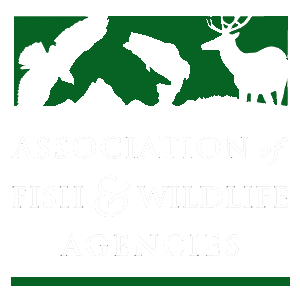STATE OF MAMMALS
VISION
HOW
Two recent developments make now the time to create the State of Mammals: 1) there are now multiple real-time continental monitoring schemes and 2) we now have the statistical tools to integrate these together. Our initial goal is to integrate data from the following sources.
PARTNERS
SIGN-UP
How are our mammals doing? How do you know? The truth is, we have a lot of information about our country’s fauna, but it’s collected in different ways, and stored in different silos. We have great archives of information in museums and millions of new records from citizen scientists. We now have annual programs monitoring mammals through bat acoustics, camera traps, small mammals trapping, and hunter harvest. This new project seeks to consolidate and synthesize information on the abundance and distribution of the mammals of the United States to provide an annual report on the State of Mammals.
We aim to synthesize available information on the abundance and distribution of mammals in the United States to provide a statistically rigorous, annual assessment of the State of Mammals that serves to confirm where conditions are good and alert where more work is needed to conserve our fauna.
- Museums SpecimensAccessed through GBIF. These are a professionally curated records documenting both historical and modern distributions of all species.
- Citizen Science ObservationsAccessed through iNat. These photo-vouchered observations of mammals represent one of the fastest growing data types, with over 2000 new records per week from North America. All species are represented, although larger and diurnal species are better represented. We are working to check the accuracy of thee species identifications.
- Small Mammal TrappingAccessed through NEON. These annual surveys are undertaken at 46 sites across the country and provide population estimates for 157 small mammal species. If you have other trapping data we should integrate with these records please sign up to join the project.
- Camera TrappingAccessed through Wildlife Insights. These records of medium and large mammals can be analysed for abundance and include the annual Snapshot USA national mammal survey. If you have camera trapping data you would like to provide, please join the project and contribute the data through Wildlife Insights.
- Bat MonitoringAccessed through the NAbat project. These standardized surveys use acoustic monitors to count bats across the country.
- Animal TrackingAccessed through Movebank. This animal movement data can be useful to show habitat preferences for a species, and provide other parameters required by some integrated population models. If you have tracking data to provide please join the project and contribute the data via Movebank.
- Hunter Harvest RecordsThese annual reports from state wildlife agencies record the number of animals harvested by hunters and trappers across the country. By also considering measures of hunter effort, these can be used as rough estimates of animal abundance.






